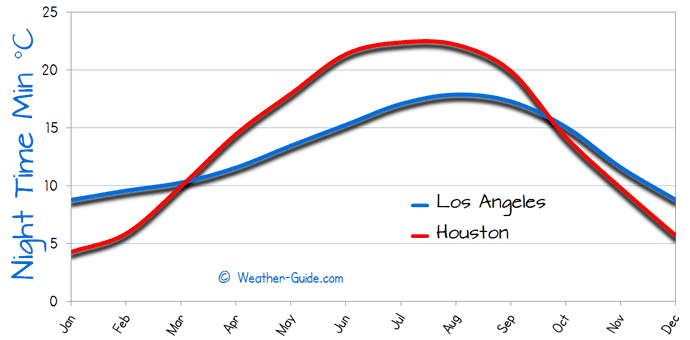

Weeks later, torrential rains fell on the burned ground, causing mudslides that wiped out houses and killed 21 people. Last year in Montecito, California, one of the state’s worst wildfires swept through the region. “Those things are still true, but there is this other dimension we will have to contend with - the increased risk of extreme flood and drought, and rapid transitions between the two.” “There has been an assumption that the main thing we have to contend with climate change is increased temperatures, decreased snowpack, increased wildfire risk” on the West Coast, said Daniel Swain, a climate scientist at the University of California, Los Angeles. Researchers project that by the end of this century, the frequency of these abrupt transitions between wet and dry will increase by 25 percent in Northern California and as much as double in Southern California if greenhouse gasses continue to increase. The intensity of wildfires these days in places like California are a symptom of climate change, experts say, but the whiplash effect poses a different set of problems for humans and natural systems.

These wild swings from one weather extreme to another are symptomatic of a phenomenon, variously known as “climate whiplash” or “weather whiplash,” that scientists say is likely to increase as the world warms. These hot, dry years were followed by the extremely wet winter of 2016 -2017, when, from October to March, an average of 31 inches of rain fell across the state, the second highest winter rainfall on record.Īll that rain meant a bumper crop of grasses and other vegetation, which, as hot and dry conditions returned, likely contributed to a combustible mix of fuels that played a role in the severe fires that have swept California in the past two years. From 2011 to 2016, California experienced five years of extreme drought, during which numerous high temperature records were broken.


 0 kommentar(er)
0 kommentar(er)
